Affiliate links on Android Authority may earn us a commission. Learn more.
What a pro photographer can do with a cheap Android phone camera
Published onFebruary 5, 2022
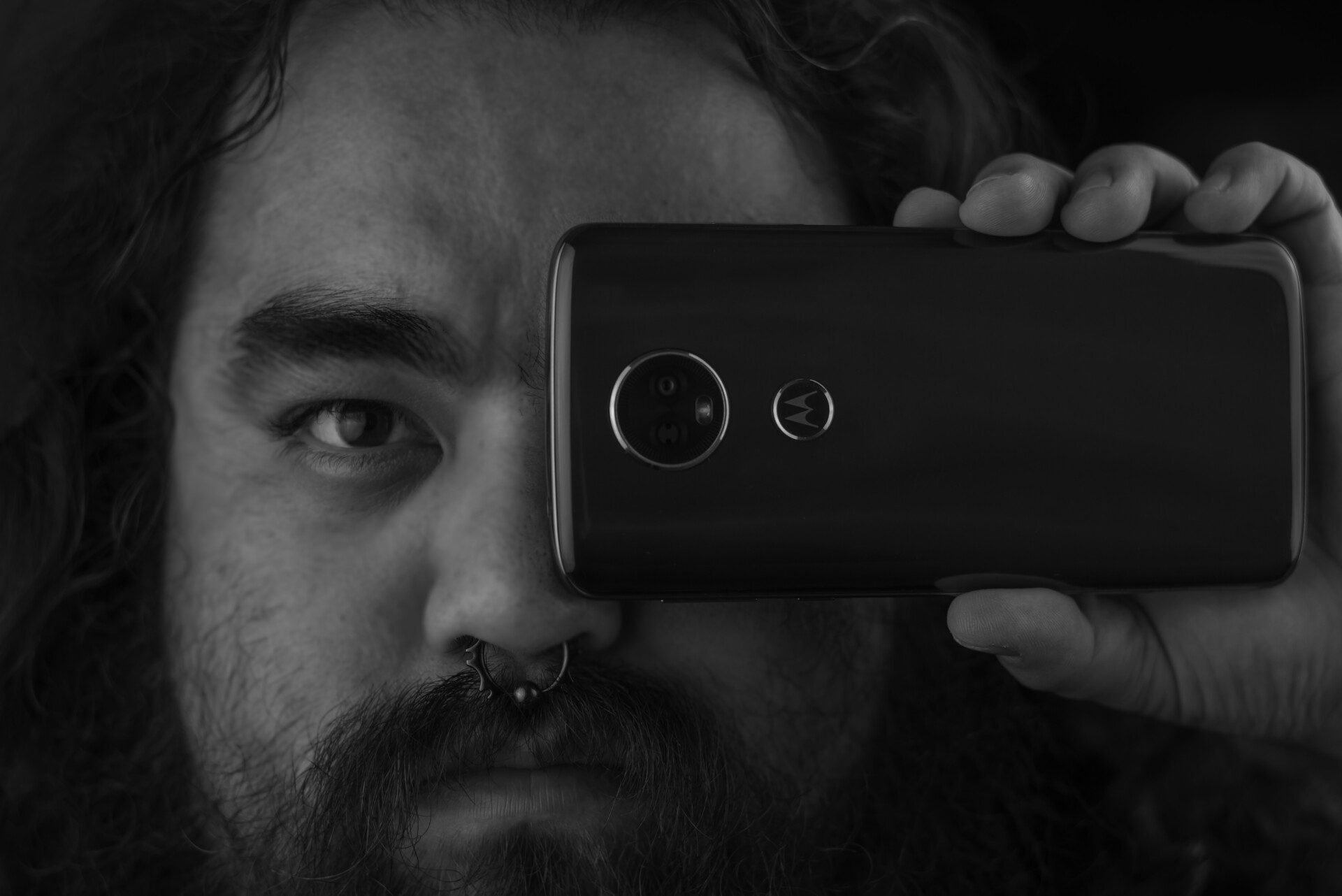
The techies among us will know how much we obsess over fancy gadgets. We all want the best camera the industry can stick in a smartphone and spend small fortunes acquiring them. Is that absolutely necessary, though?
We have heard it time and again: a good photographer can take a fantastic shot with any camera. How true is this? As with anything else we talk about around here, the answer is not as straightforward as we would wish. Today we are here to dig deeper into this topic and find out what a “professional” can do with a basic smartphone camera.
We have heard it time and again: a good photographer can take an amazing shot with any camera.Edgar Cervantes
The photographer
Let’s start with a bit of an introduction, because I am not exactly famous. I am Head of Imaging and Photography here at Android Authority and have worked in tech media for about 11 years. I primarily focus on photojournalism and product photography, which means I have done shoots at conferences, conventions, and varied tech events. Studio and lifestyle photography are also common assignments I take on.
First: Photography terms you should know
Technique vs. technology
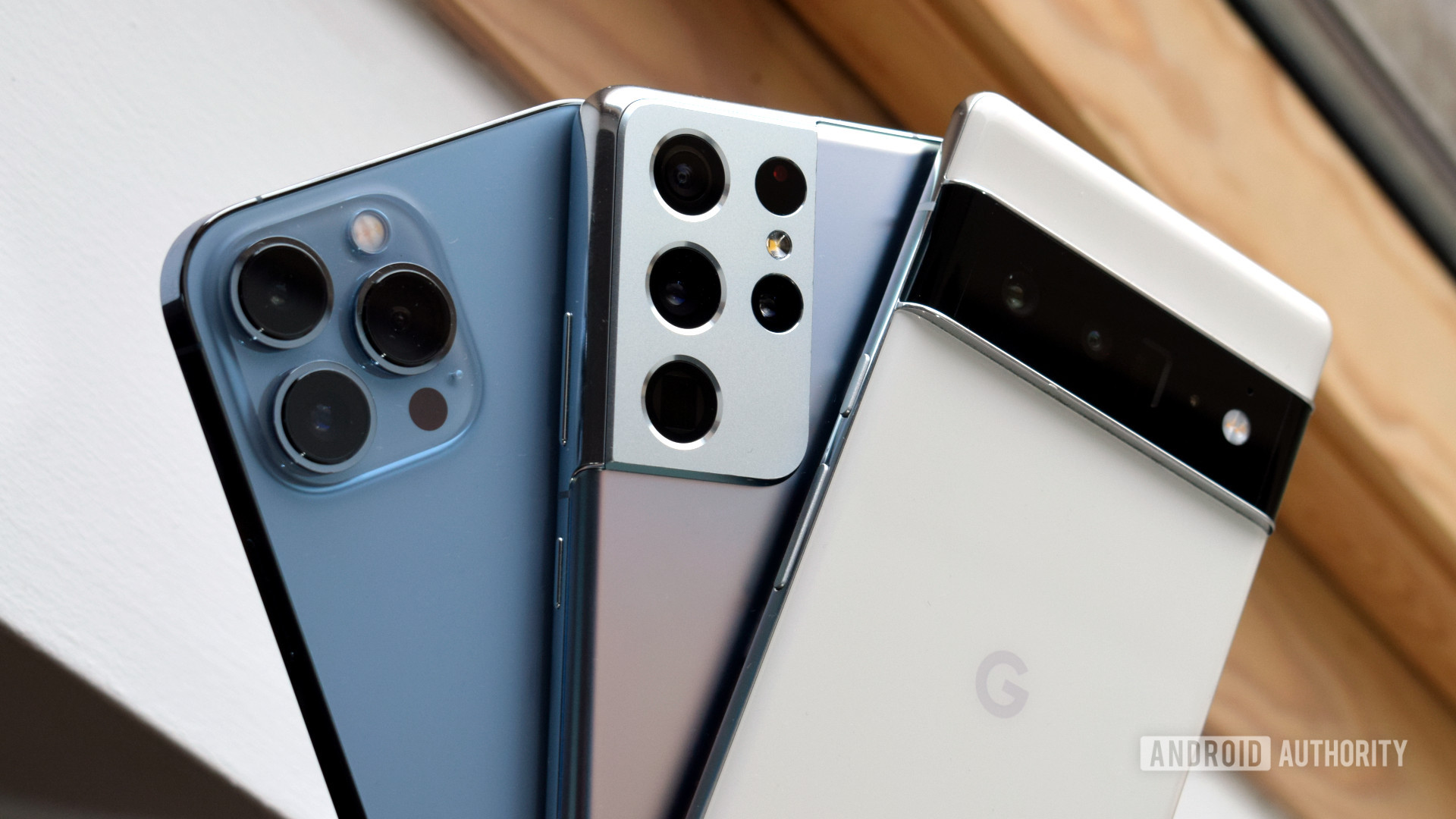
What makes a good image? The most crucial factor is the ability to evoke emotion, showcase the subject nicely, or tell a story. Furthermore, composition, lighting, and style are things photographers will mostly keep in mind when setting up a frame.
Notice I didn’t mention sensor sizes, fancy lenses, and expensive accessories. That’s the kind of stuff we photo enthusiasts usually consider secondary, but I do stand by the idea they are also important to take into account. Here’s the way I see it: While more advanced tech and tools won’t automatically make your photography unforgettable, they can take your already great pictures to a higher plane. They usually also help make the job simpler.
My favorite photographer is Joey Lawrence. Though he is an acclaimed photo prodigy with massive amounts of money for equipment (which he does have), he often reminds us that all this stuff is secondary. For example, in an interview with PhotoWhoa, he is asked what he would do with a $100 budget. He answers the following:
To summarize, the ideal scenario is one in which you apply the intangible fundamentals of photography, while also making the absolute best of the environment and tech you have. If that tech is a basic smartphone camera, you can still push it to its limits to create beautiful imagery.
Also read: Photography tips and tricks to take your images to the next level
The phone and test details
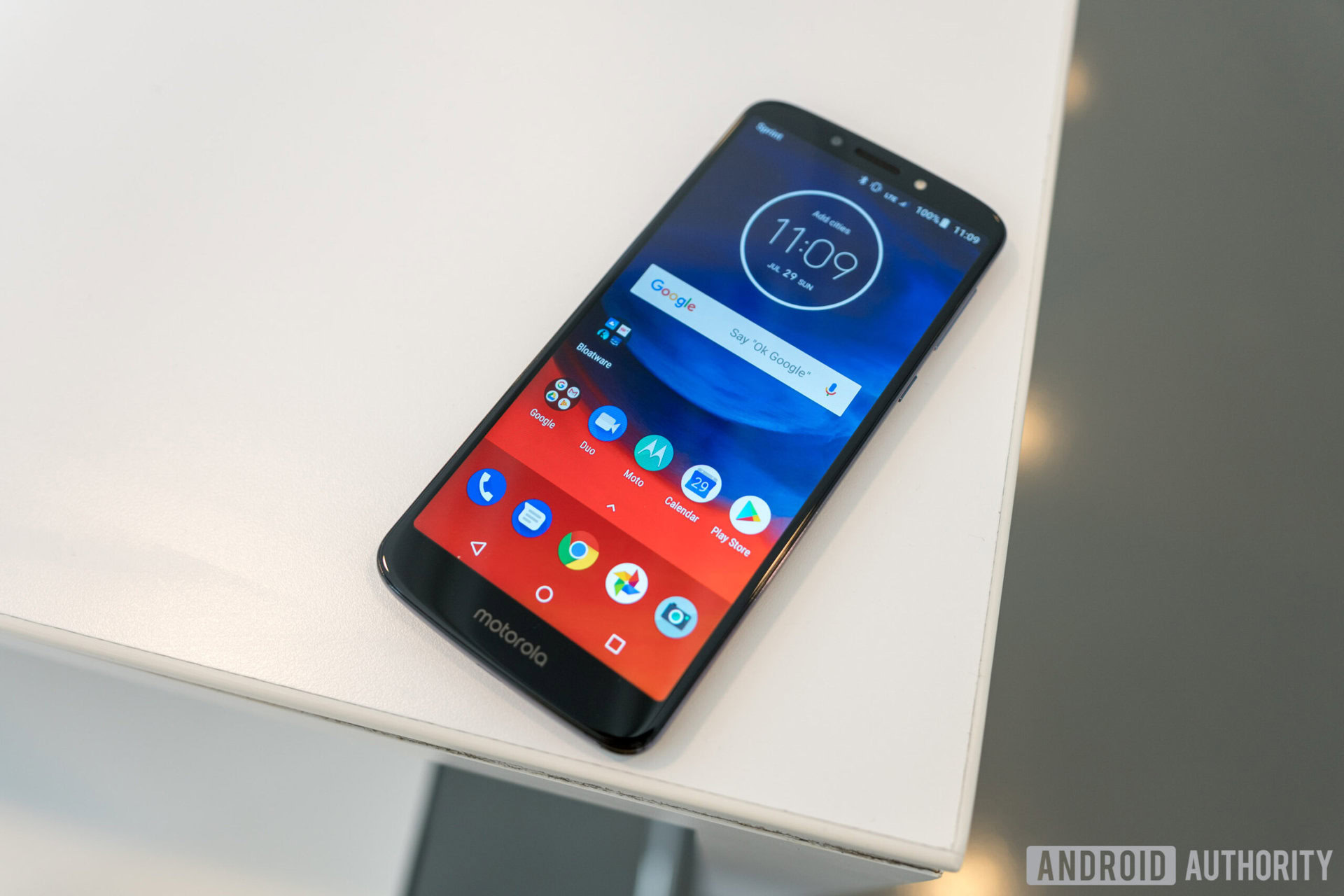
We are taking things to another level here, as we aren’t using your top-of-the-line handsets with the best tech in the industry. In this test, we used a Moto E5 Plus, which had varied prices depending on where you get it from, but it was a budget phone that could be had for as low as $40 (the most expensive version was about $288). It’s nearly impossible to get now, though.
The Moto E5 Plus has a 12MP camera with an f/2.0 aperture and a 1.25um pixel size. The camera is aided by an LED flash, phase detection autofocus, and laser autofocus. One factor to bring up is that it does not output photos in RAW (uncompressed image files), so we will be working with JPEGs instead. This is a limiting factor, and you could get better results with RAW files, but again, we are working with what we have.
The smartphone did offer manual mode, which I used almost exclusively. It’s important to have complete control over as many settings as possible.
I didn’t simply take well-composed photos for this experiment, as I wanted to give the phone a good chance at actually competing with world-class cameras. Instead, I took these shots using multiple techniques (some of them only commonly known by pros and enthusiasts). I then took these images and gave them a full edit.
In this case, I used Adobe Lightroom CC, because it is an app available on mobile devices and has all the features its PC counterpart enjoys. It requires a subscription to unlock its full functionality, but if you want an excellent free option, I recommend Snapseed, which is nearly as good.
Product photography camera test
I replicated a couple of Android Q images I made for Android Authority for the first test. These were shot in my studio, in a controlled environment, under the same circumstances. We then compared these with the original shots taken with a full-frame Nikon D610 DSLR camera.
The truth is, even for a pro, it would be hard to tell these shots were taken on a phone if they weren’t sitting next to a nearly identical DSLR shot. A keen eye will see plenty of differences in the details, though.
Shooting RAW on a full-frame DSLR gives you much more data right off the bat. Take the first images as an example. There is more detail on the table’s surface and the phone. Not to mention color accuracy is a bit more spot-on. Dynamic range is far superior, as the photo displays many more color variances and shades.
Yes, the Moto E5 Plus shot looks more white, but color accuracy is inferior. The green logo is too dark and saturated, as is the orange button and the phone’s body color. This is because the phone’s software will play with the contrast and saturation (among many other things) before it gives you a compressed JPEG. This leaves you less room to play with in post-processing.
Also: Stay creative during quarantine with these photography activities
Another noticeable difference is the depth of field. Of course, my huge $800, 105mm, f/2.8, macro lens will create a smoother bokeh (blurry background). The phone’s picture has no natural blur; I had to recreate it while editing, and it doesn’t look half as good.
As I mentioned above, I am being critical and really looking into the image. It would be hard to tell either of the Moto E5 Plus photos were taken with a smartphone if there was nothing to compare them to.
Portrait photography
My wife was looking for a new job and needed a headshot, so I thought adding this photo to the experiment would be a good chance to see what the Moto E5 Plus can do in portrait photography.
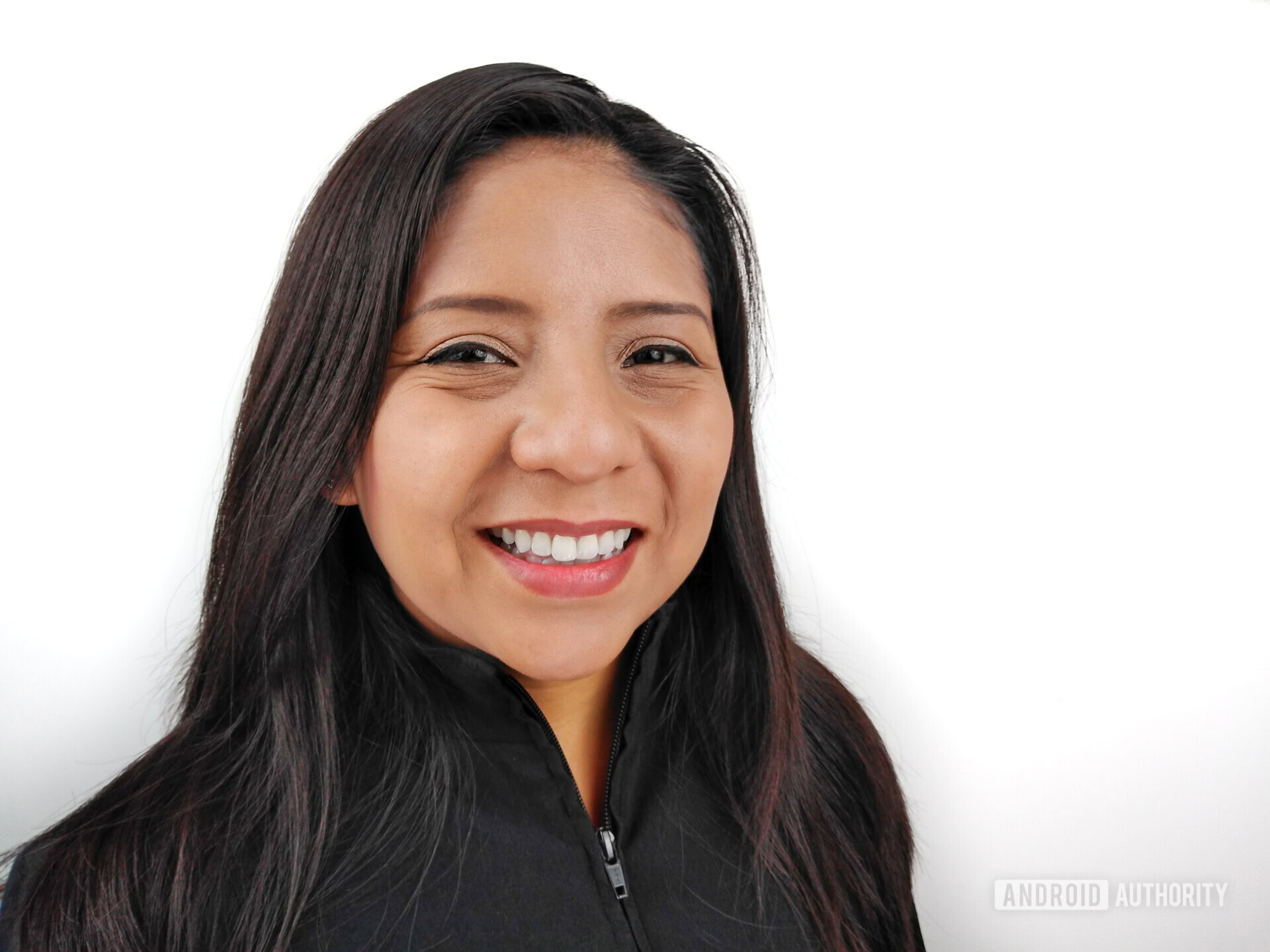
Not too shabby, right? There are a few things I can complain about. The software sharpened the photo too much, which is common in most smartphones. Dynamic range is lacking, as the shadows caused by the hair are significantly stronger than when taken with a more sophisticated camera. Some artifacts were hard to clear. Regardless, I say this is still perfectly good LinkedIn material!
Photojournalism
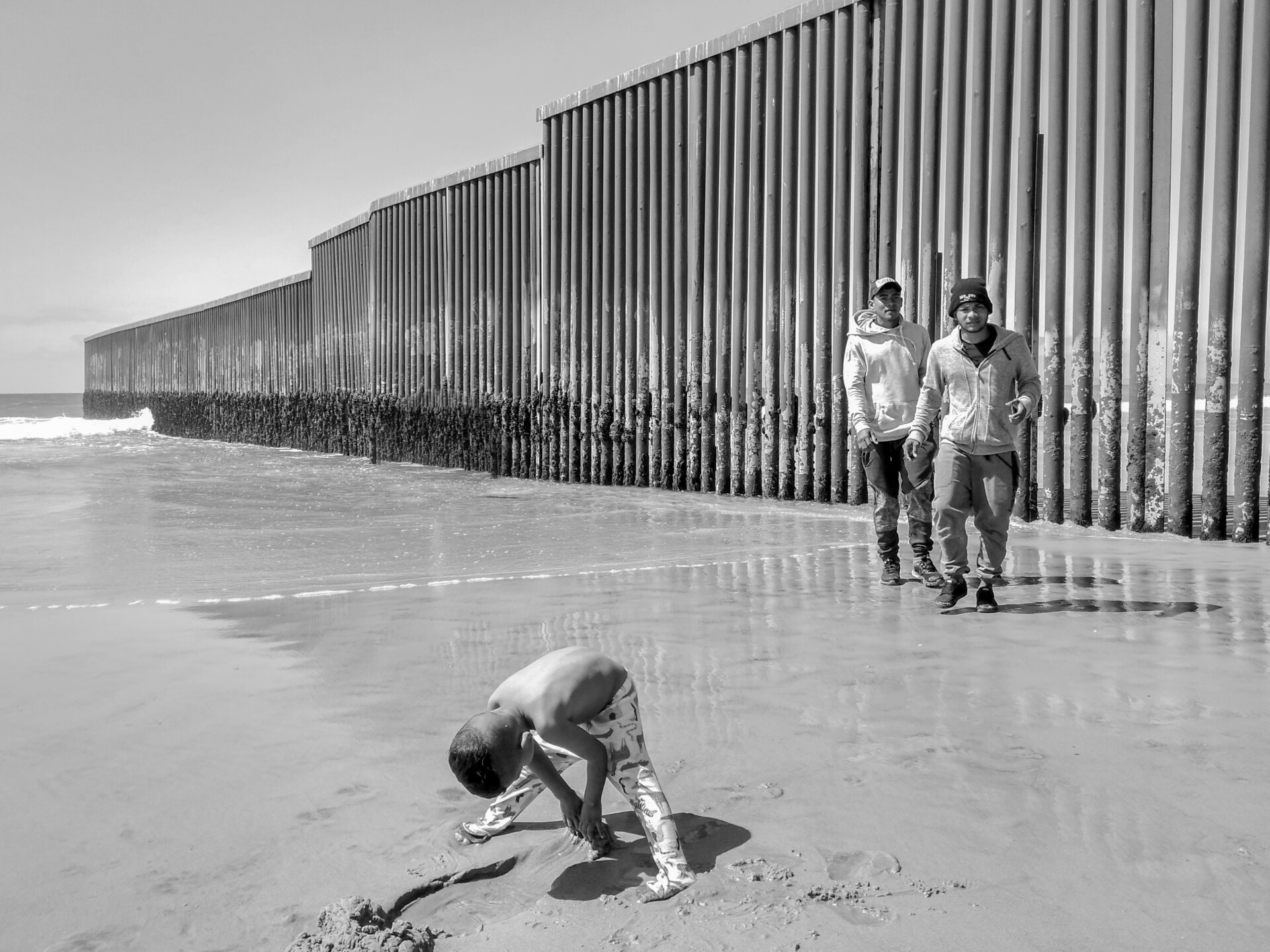
It’s time to get out of the studio! You probably heard of the huge migrant caravan that made its way from Central America to Northern Mexico. Many of these people lived in shelters and would spend time around the US/Mexico border, which extends all the way into the ocean, as we can see in this image.
It was a fascinating situation to capture, and a very hot topic. I wanted to bring the Moto E5 Plus with me and this image is the result of one of my trips to Tijuana.
Phone camera HDR vs true HDR
Most modern smartphone cameras have High Dynamic Range (HDR). While manufacturers swear by their implementation of this complex technique, it still gets nowhere close to what you can do if you learn to do HDR manually.
Whether phones do true HDR or not, results are never up to par.Edgar Cervantes
Essentially, HDR accomplishes a balanced exposure throughout the frame. This is done by shooting multiple images at different shutter speeds. The idea is that each photo will expose for different light levels. This image conglomerate is then merged, becoming a single photo with much more information in both the bright and dark sections.
Whether phones actually follow this process or not, the truth is results are rarely up to par. I decided to compare the Moto E5 Plus’ built-in HDR feature against some “real” HDR photos for this section. I took multiple shots with the Moto E5 Plus, merged them in Lightroom, and edited the results.
Manually assembled HDR photos are more evenly exposed, contain much more detail, and look significantly less artificial. The difference is astounding. If you are serious about HDR results, take your time to learn how to actually do manually. As you can see above, any camera will do it well, even a smartphone one.
Next: What is HDR, and how do you do it?
Food photography
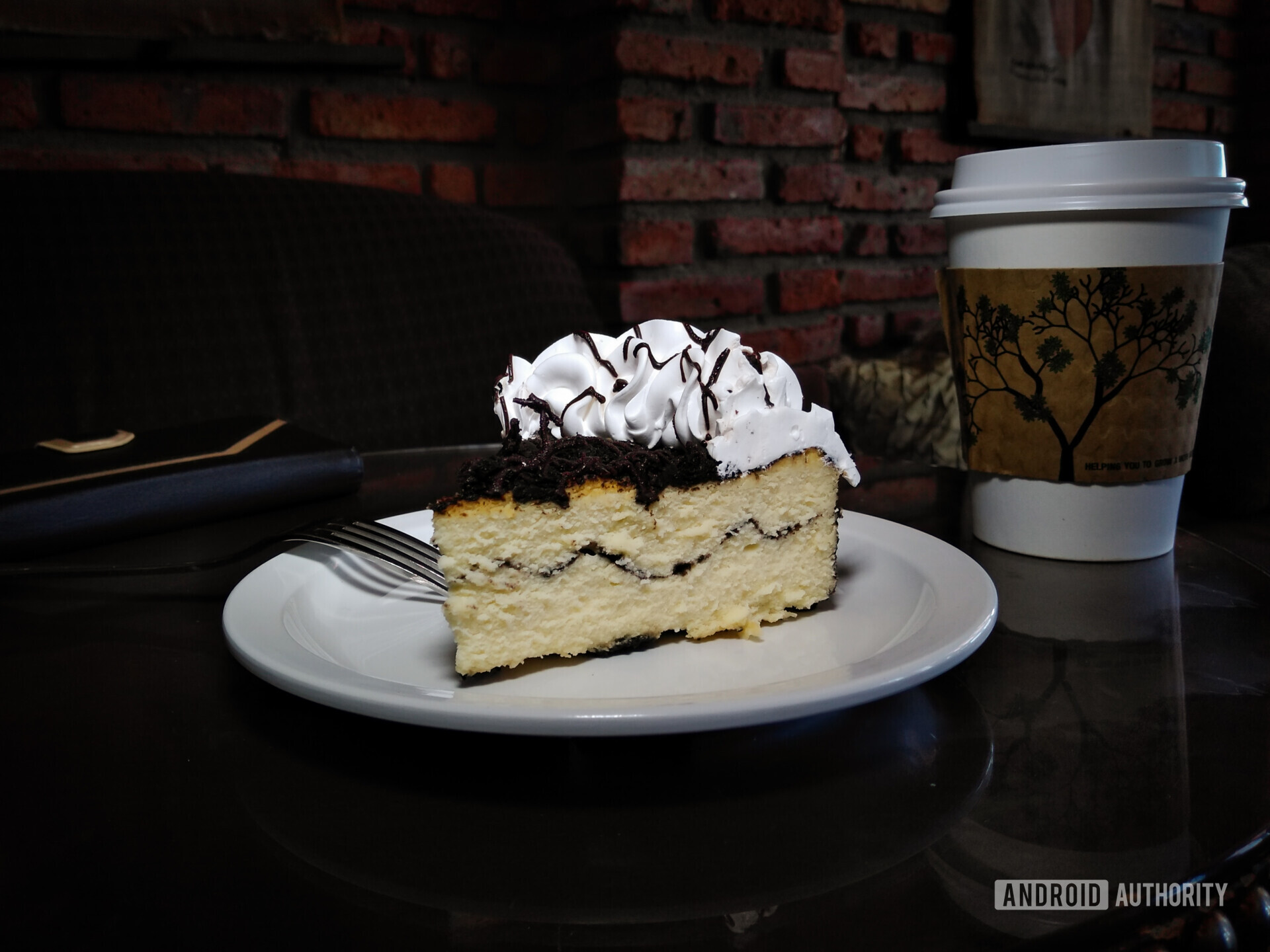
All this shooting made me work up an appetite, so why not give the Moto E5 Plus a chance to flex its food photography muscles?
Shooting food is a popular trend, but the internet is full of ugly grub images. Give your photos a little more love! For this photo I used a small LED panel to direct light straight at the cake, effectively giving it attention by exposing it over its surroundings. Not everyone carries one of these around, but a phone’s LED flashlight is essentially a less powerful version of it.
There is a good level of detail in the bread and whipped cream texture. I wish there was more data to work with in the top layer of the cake, which had chocolate and Oreo pieces. This is where you can see how inferior a smartphone camera’s dynamic range can be. I could have edited the area to make the details stand out, but I found out it ruined the quality even more when I tried it. It was better to keep noise in check and leave the Oreo pieces a little more on the dark side.
Still, it’s a nice photo to share on Instagram, right?
More: Lights and other Photography essentials you should consider getting
Hand-held camera photos
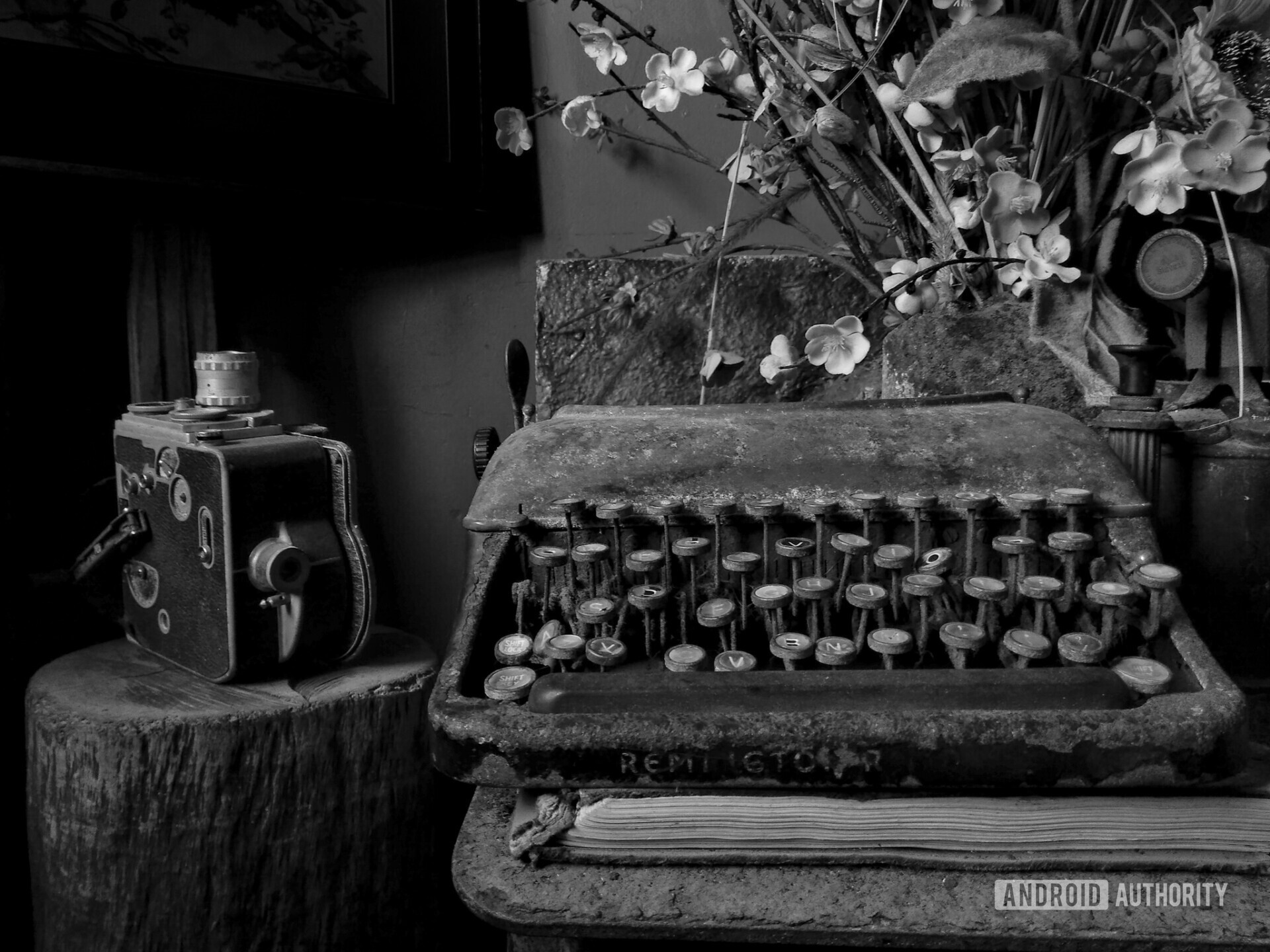
“But Edgar, we can’t be carrying around huge lights and tripods!” That is totally true, which is why I created a section with nothing but hand-held, photo walk style shots.
Texture is very important in photography. I may like my studio set, clean backgrounds, and perfect lighting, but nothing adds character to an image quite like a good texture can.
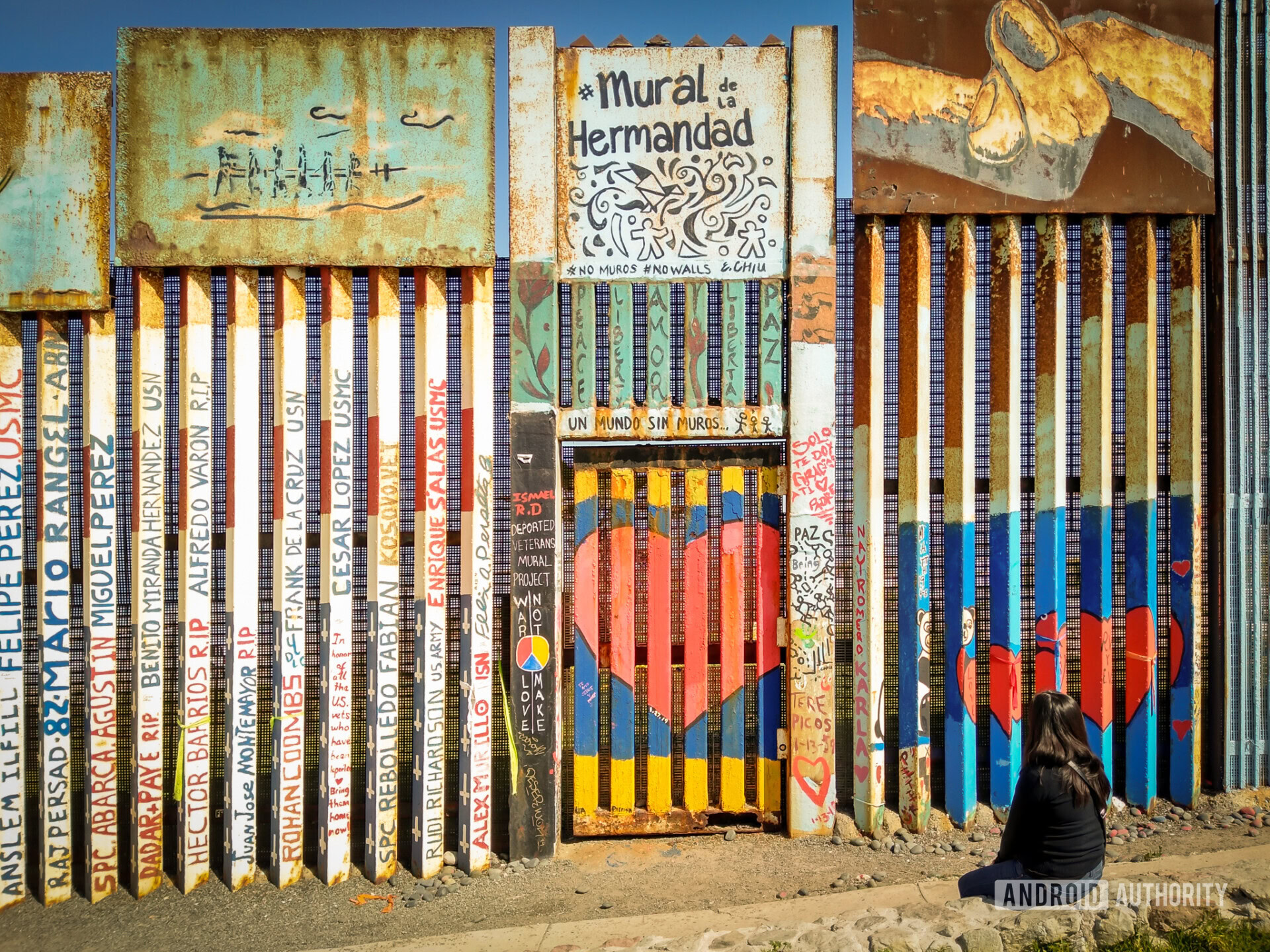
Here’s another photo of the USA/Mexico border, in Tijuana. The image portrays a door between both worlds; one that almost never opens. US Customs will allow separated family members to see and feel their loved ones on rare occasions by opening this monitored gate.

Here is some art by the same border. It shows both countries’ iconic birds together.
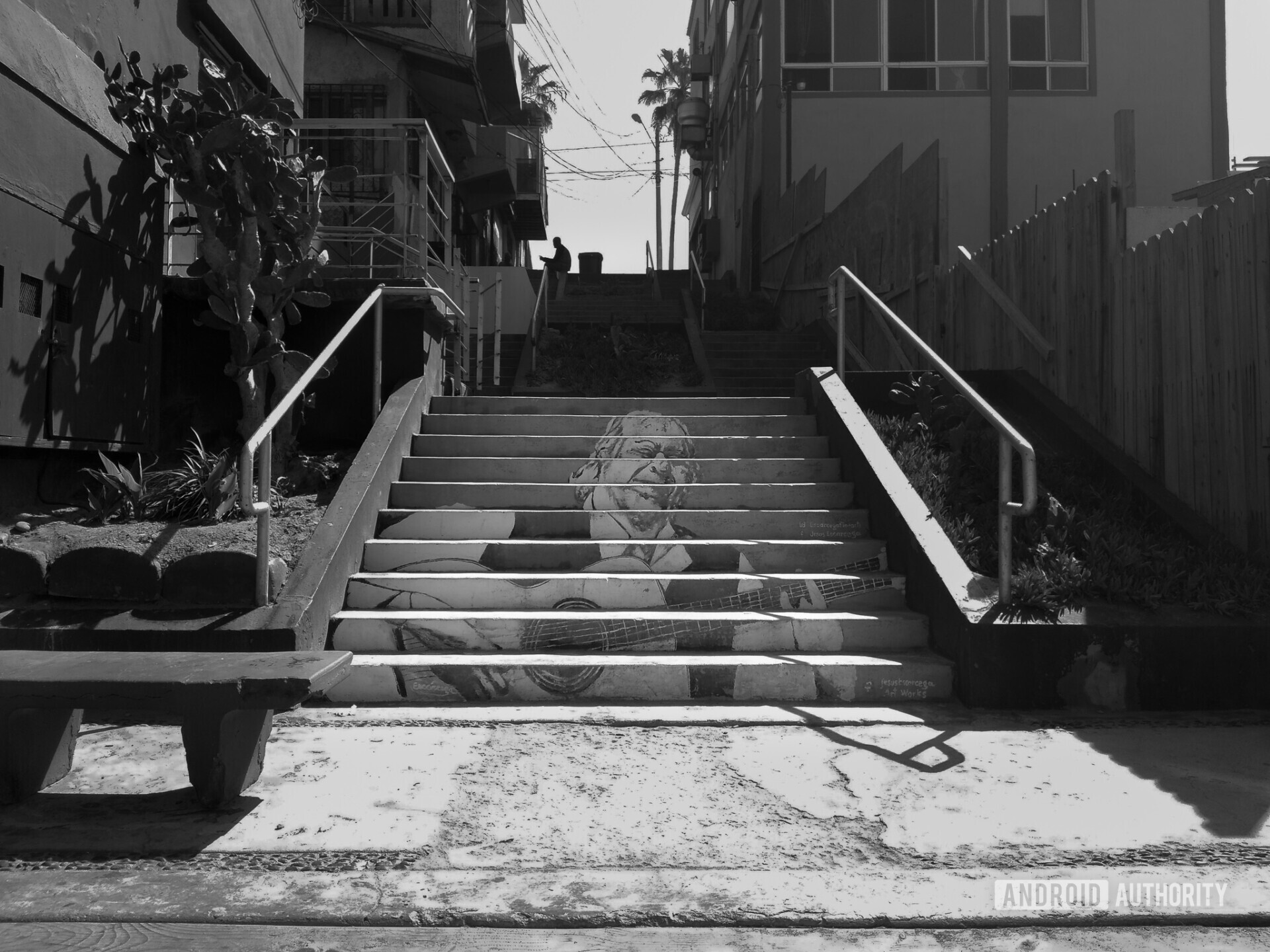
This step painting of Paco de Lucia (famous Spanish guitarist) inspires the community. I liked the ambiance and silhouette at the end of the steps. It’s just a nice shot.

Just a cool shot of a street vendor!
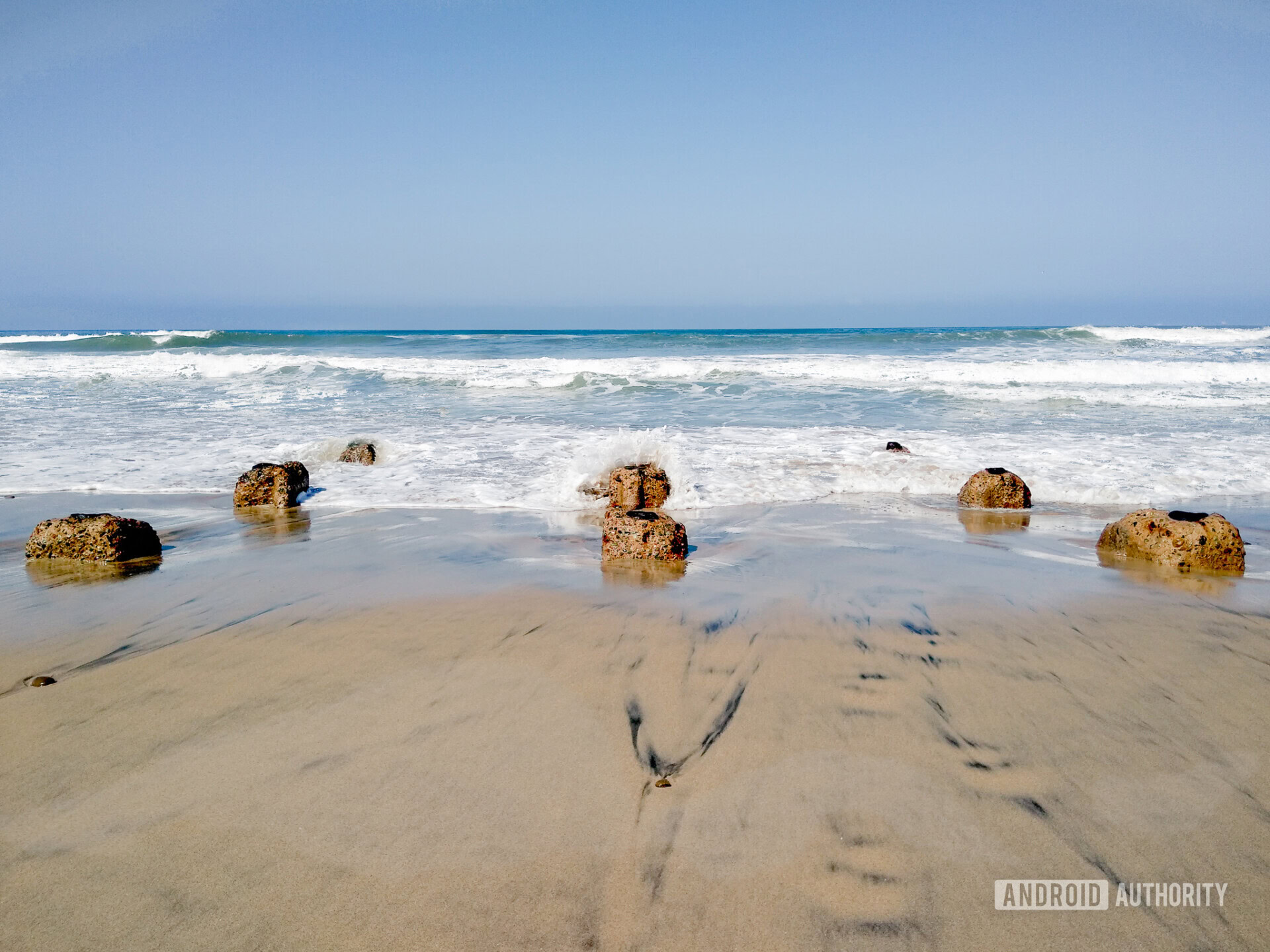
Stones at the beach in a very organized order. I just thought they were interesting. Now, for this one I do wish I had my tripod with me. A long exposure of the waves would have taken this image to the next level.
The verdict

I would argue these results are probably better than what I used to get from my first SLR systems. They were all shot with a cheap Moto E5 Plus, which goes to show you how far smartphone cameras have come.
To put it bluntly: your phone's camera quality is probably not the cause of your ugly photos.Edgar Cervantes
The Moto E5 Plus did get a lot of help from me. These shots took much more work than simply pointing a smartphone at something and pressing a button, but you don’t have to do the same. This merely demonstrates that giving photos some love will go a long way. To put it bluntly: your camera is probably not the cause of your ugly images.
What can we take from all this? Yes, mobile cameras are made differently and some are definitely better. The phones carrying said superior technology also tend to cost much more. Just check out the images above and tell me if you still think you need that thousand-dollar phone. I know I would rather save myself a few hundred dollars.
With all of this in mind, you might be wondering which budget phone you should get to improve your chances at better images. Technology has come a long way since the Moto E5 Plus, and now even affordable handsets can have remarkable cameras. Here’s a list of the best budget camera phones.